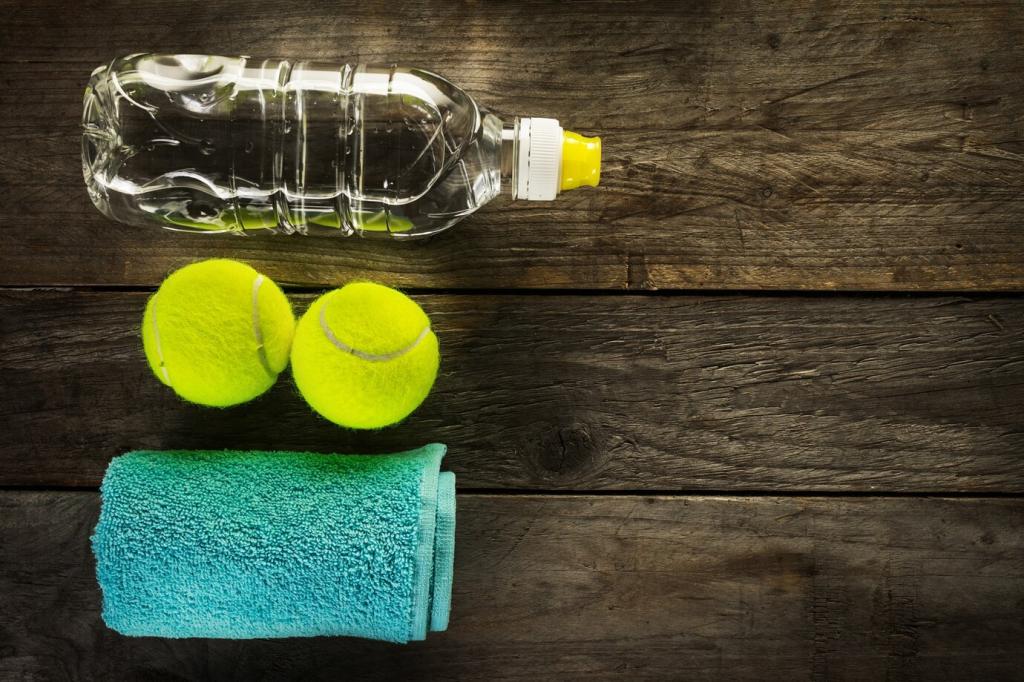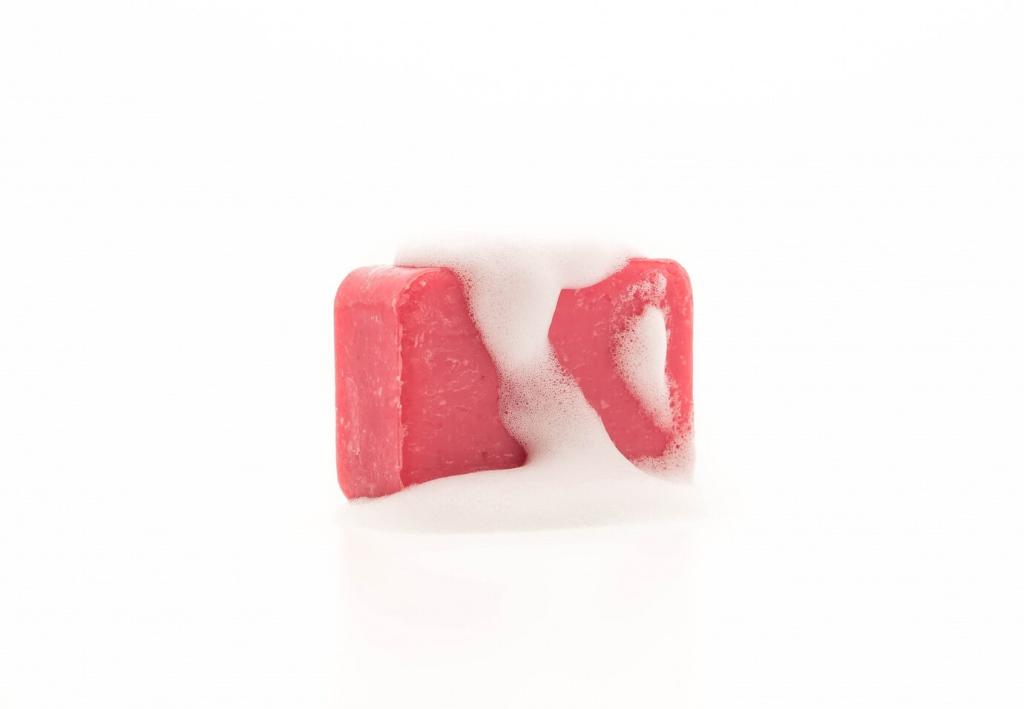Why Daily Water Intake Recommendations Matter
Water supports blood volume, temperature control, digestion, joint lubrication, and even attention and mood. Even a modest 1–2% body water drop can nudge concentration and energy downward, making tasks feel harder than they should on a normal day.
Why Daily Water Intake Recommendations Matter
Maya, a commuter and nurse, used to crash at 3 p.m. She added one glass at breakfast and one before her afternoon charting. Two weeks later, the slump eased. What two moments could you anchor to your own daily water intake recommendations?
Why Daily Water Intake Recommendations Matter
You don’t have to chug constantly, and yes, coffee or tea can count toward fluids for most people. The simplest check is consistent, pale-straw urine and steady energy. Share a myth you believed, and we’ll debunk it in a future post.






